The Pilsen Underground Tunnels are a labyrinthine network of passageways beneath the city of Pilsen in the Czech Republic. Spanning over 20 kilometers, these tunnels date back to the 14th century. They served various purposes, from beer storage to shelter during sieges. Today, they are a testament to medieval urban planning and engineering, attracting tourists and historians alike.
Historical Places
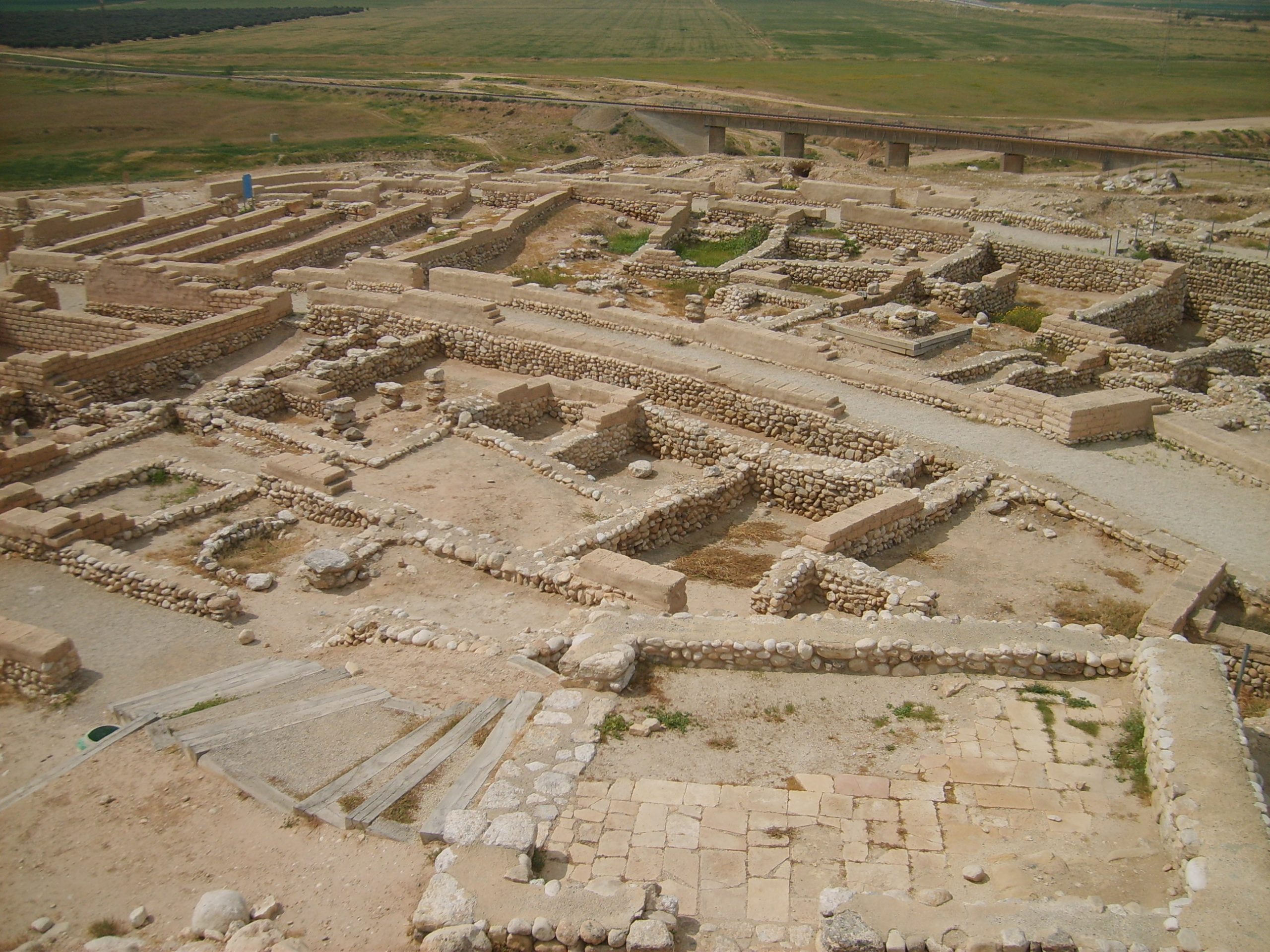
Beersheba (Tel Be’er Sheva)
Tel Be’er Sheva, also known as Tel Sheva or Tell es-Seba, is an archaeological site of significant historical importance located in the Southern District of Israel. It is widely believed to be the location of the ancient biblical town of Beer-sheba. The site is situated east of the modern city of Beersheba and west of the Bedouin town of Tel Sheva. It has been preserved and is accessible to the public as part of the Tel Be’er Sheva National Park.
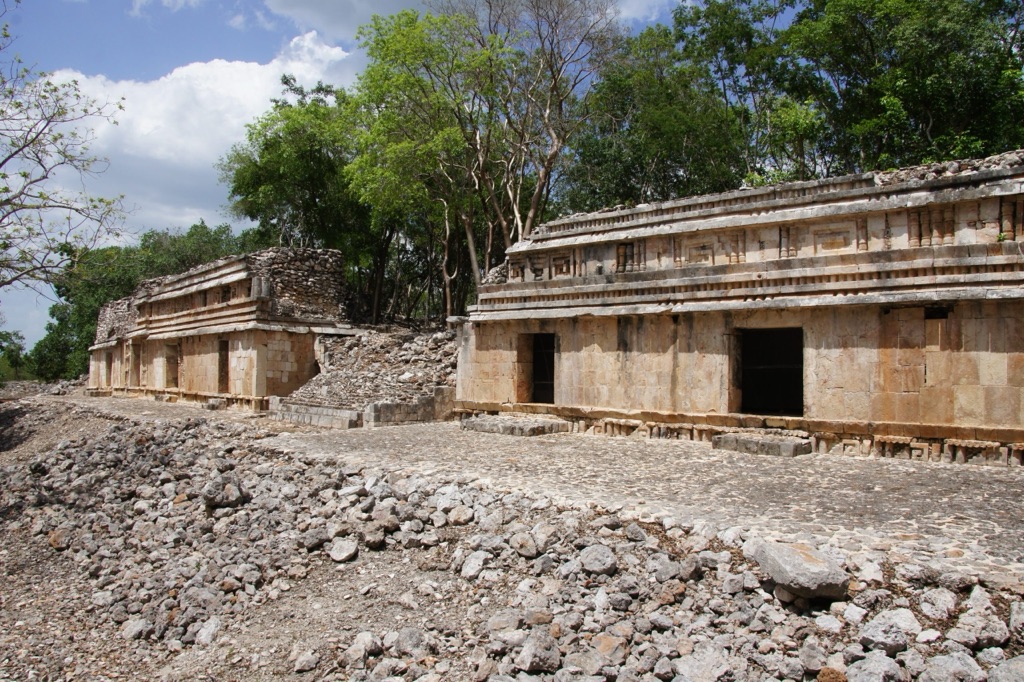
Chunhuhub
Chunhuhub, a pre-Columbian archaeological site, is situated in the state of Campeche, Mexico, near the town of Bolonchén de Rejón. This site, which developed during the Classic Mesoamerican period, is part of the Puuc region, renowned for its unique architectural style. The name Chunhuhub, derived from the Yucatek Maya language, translates to “Next to the Snail,” although some interpretations suggest it means “trunk or place of the Hunhub tree.”
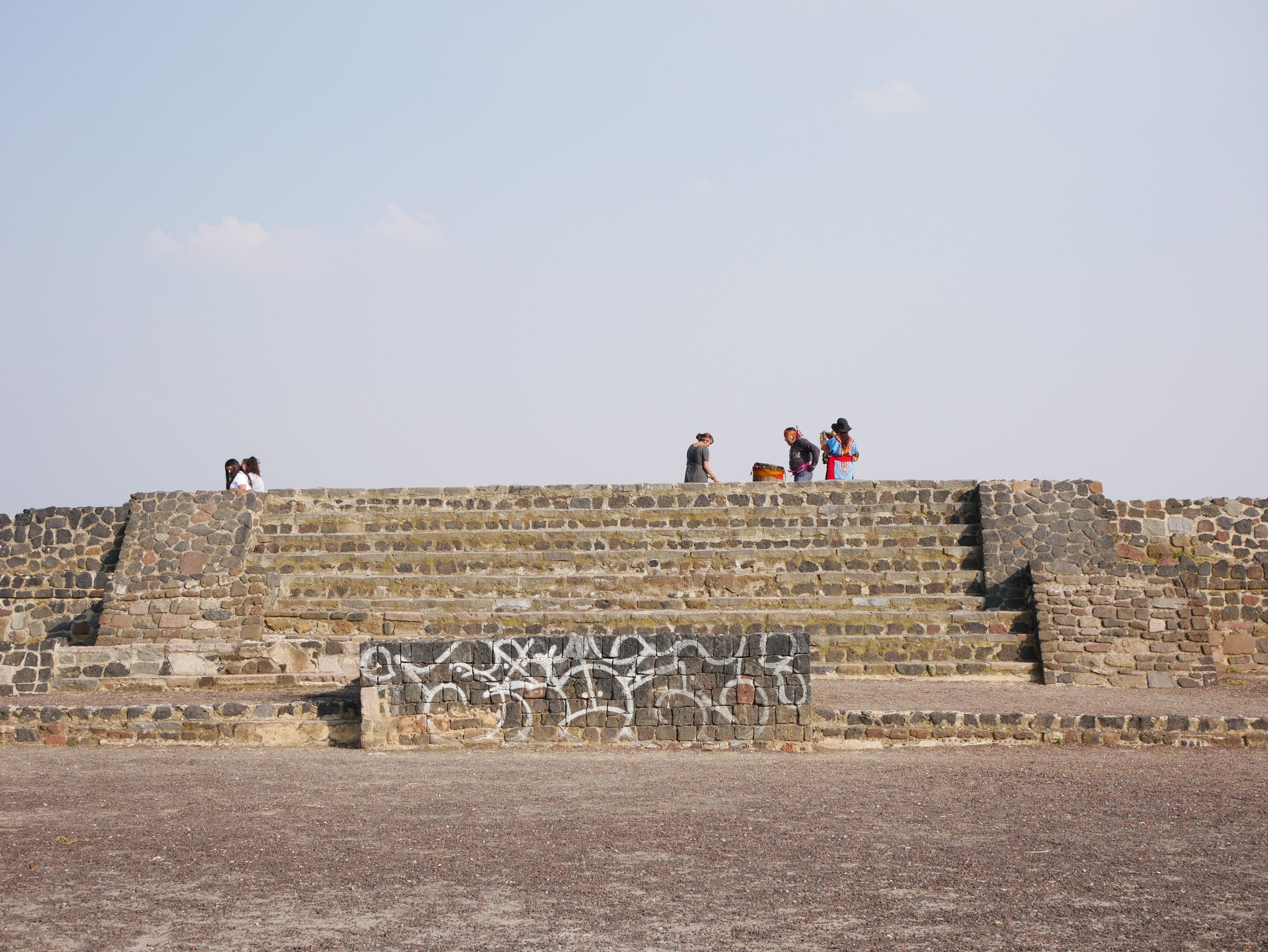
Cerro de la Estrella
Cerro de la Estrella is a significant Mesoamerican archaeological site located in the southeastern part of the Valley of Mexico, within the Iztapalapa mayoralty of Mexico City. Positioned at an elevation of 2460 meters above sea level, its summit rises 224 meters above the Valley of Mexico. This site, known historically as Huizachtecatl, played a crucial role in the religious and cultural practices of the ancient inhabitants of the Mexican Plateau, notably as the location for the “New Fire” ritual ceremony.
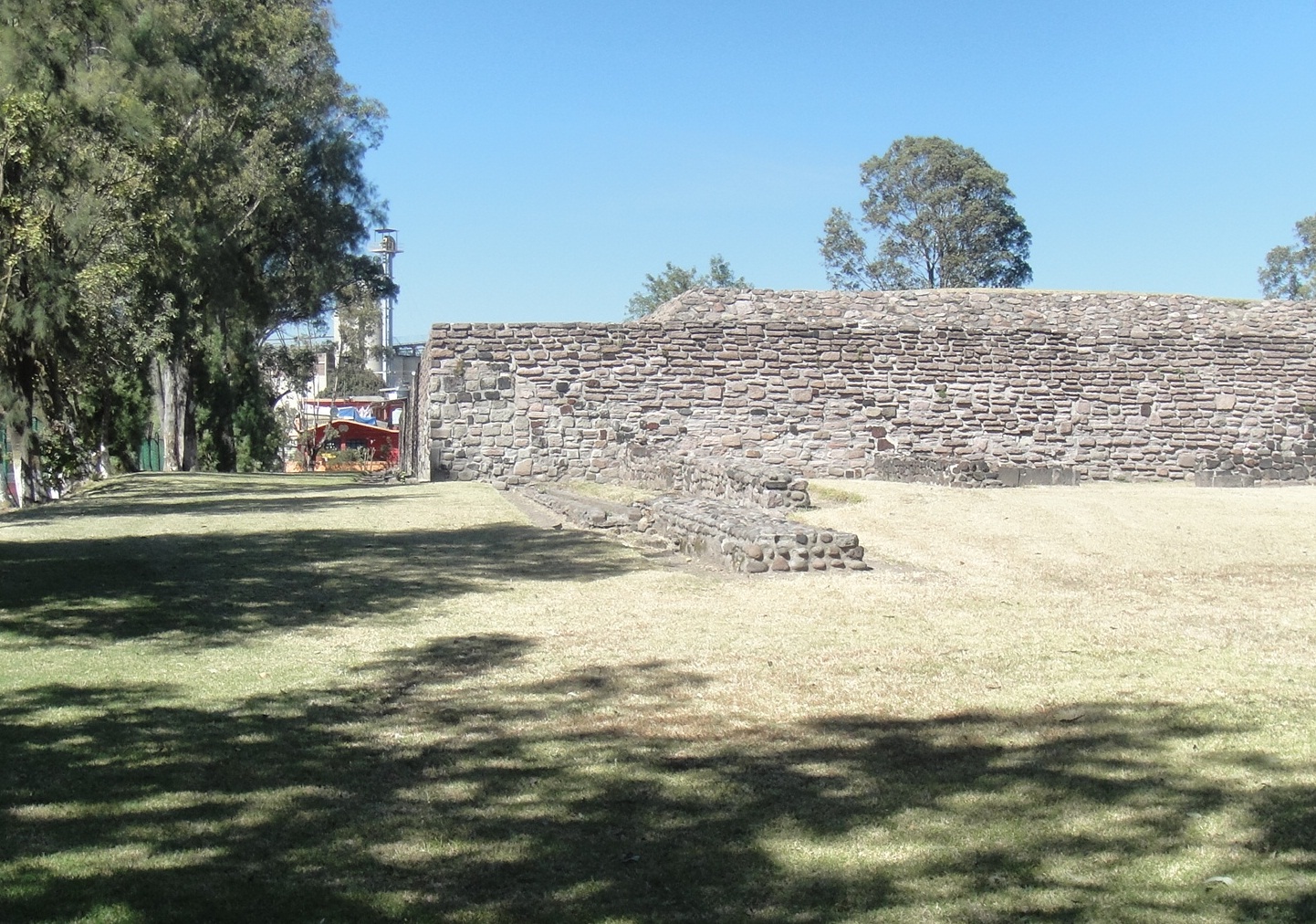
El Conde
El Conde is a significant archaeological site located in the municipality of Naucalpan, Mexico State. This site, which was declared a pre-Hispanic historical monument on December 28, 2001, offers valuable insights into the complex cultural and historical dynamics of the Valley of Mexico. The following sections provide a detailed examination of El Conde’s historical context, the cultures that influenced its development, and the architectural characteristics of the site.
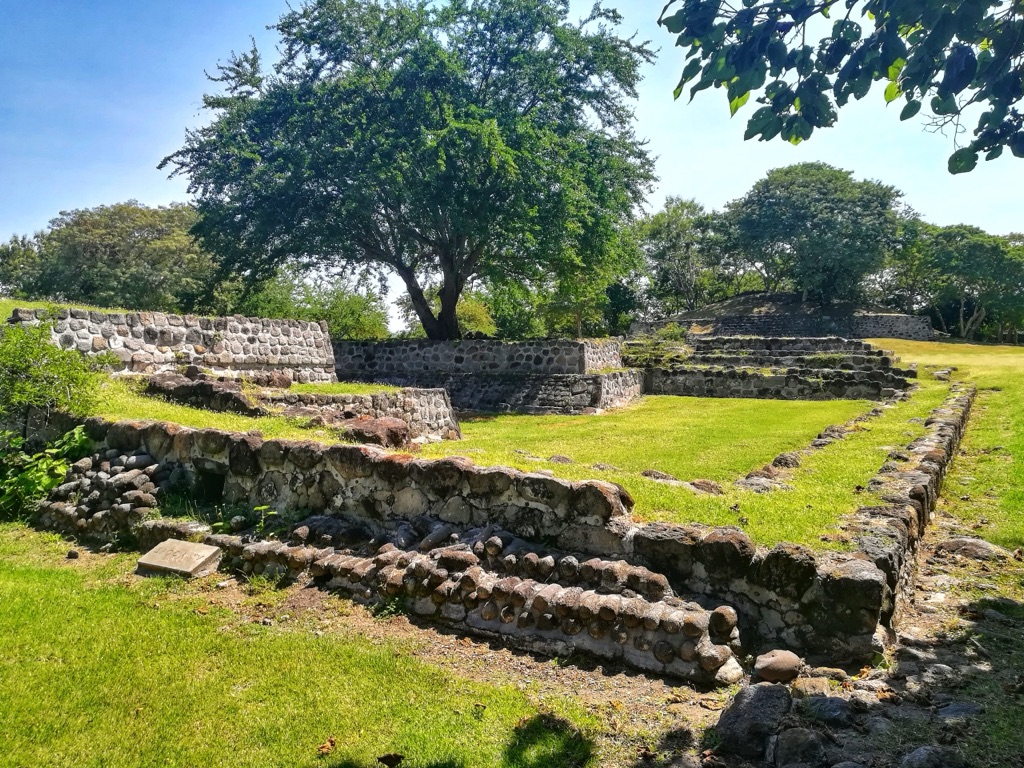
Coatetelco archaeological site
The Coatetelco archaeological site, also known by its alternate spellings such as Cuatetelco, Cuahtetelco, and Cuauhtetelco, represents a significant pre-Hispanic cultural heritage located in the vicinity of the Coatetelco Lagoon, near Alpuyeca in the Miacatlán municipality, Morelos, Mexico. This site, in close proximity to the renowned Xochicalco archaeological zone, offers invaluable insights into the region’s ancient civilizations, particularly during its zenith between 500 and 150 BC. The name Coatetelco, with its various interpretations, reflects the rich linguistic and cultural tapestry of the area, hinting at its historical significance as a place of worship, habitation, and strategic importance.

